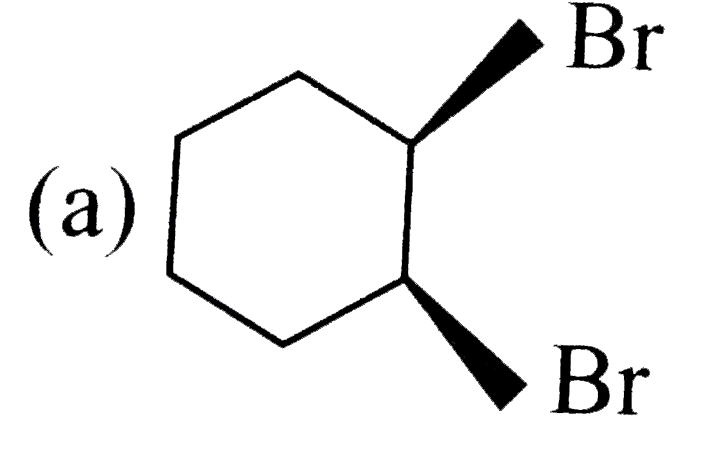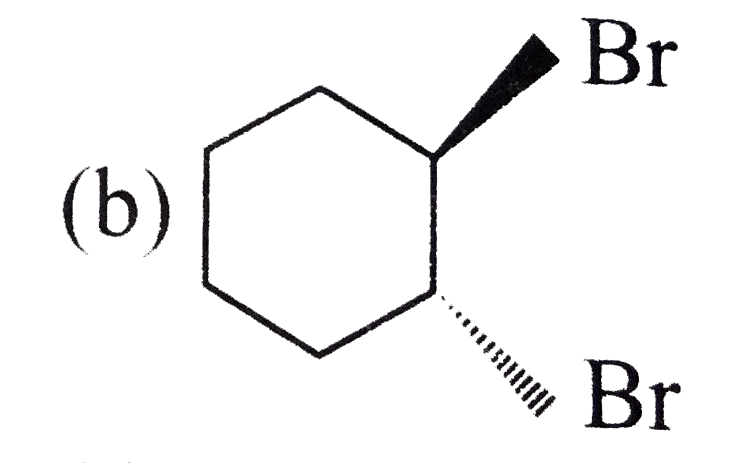Most of the naturally occurring ………………………. have D-configuration while most of the naturally occurring …………………….. have L-configuration.
To answer the question: "Most of the naturally occurring ………………………. have D-configuration while most of the naturally occurring …………………….. have L-configuration," we need to fill in the blanks with the appropriate biomolecules.
1. Understanding D and L Configuration:
- D and L configurations refer to the stereochemistry of chiral molecules. Chiral molecules can rotate polarized light in different directions: clockwise (D) or counterclockwise (L).
2. Identifying Naturally Occurring D-Configuration:
- In nature, most sugars and carbohydrates have a D-configuration. This means that when we look at naturally occurring sugars, they predominantly exhibit the D-configuration.
3. Identifying Naturally Occurring L-Configuration:
- On the other hand, most naturally occurring amino acids have an L-configuration. This means that the majority of amino acids found in nature are in the L-form.
4. Filling in the Blanks:
- Based on the above understanding, we can fill in the blanks:
- Most of the naturally occurring sugars (or carbohydrates) have D-configuration while most of the naturally occurring amino acids have L-configuration.
Final Answer:
Most of the naturally occurring sugars have D-configuration while most of the naturally occurring amino acids have L-configuration.
- D and L configurations refer to the stereochemistry of chiral molecules. Chiral molecules can rotate polarized light in different directions: clockwise (D) or counterclockwise (L).
- In nature, most sugars and carbohydrates have a D-configuration. This means that when we look at naturally occurring sugars, they predominantly exhibit the D-configuration.
- On the other hand, most naturally occurring amino acids have an L-configuration. This means that the majority of amino acids found in nature are in the L-form.
- Based on the above understanding, we can fill in the blanks:
- Most of the naturally occurring sugars (or carbohydrates) have D-configuration while most of the naturally occurring amino acids have L-configuration.
Most of the naturally occurring sugars have D-configuration while most of the naturally occurring amino acids have L-configuration.
Topper's Solved these Questions
- BOOK - MODERN PUBLICATIONCHAPTER - BIOMOLECULESEXERCISE - QUICK MEMORY TEST (Accelerate your potential for Objective Questions)(C. Choose the correct alternative)13videos
BIOMOLECULES
- BOOK - MODERN PUBLICATIONCHAPTER - BIOMOLECULESEXERCISE - Revision Exercises (Objective Questions)(Multiple Choice Questions)30videos
BIOMOLECULES
- BOOK - MODERN PUBLICATIONCHAPTER - BIOMOLECULESEXERCISE - QUICK MEMORY TEST (Accelerate your potential for Objective Questions)(A. Say True of False)15videos
BIOMOLECULES
- BOOK - MODERN PUBLICATIONCHAPTER - ALDEHYDES ,KETONES AND CARBOXYLIC ACIDSEXERCISE - UNIT PRACTICE TEST13videos
ALDEHYDES ,KETONES AND CARBOXYLIC ACIDS
- BOOK - MODERN PUBLICATIONCHAPTER - CHEMISTRY IN EVERYDAY LIFE EXERCISE - UNIT PRACTICE TEST13videos
CHEMISTRY IN EVERYDAY LIFE
Similar Questions
Knowledge Check
- Question 1 - Select One

A will have configurationA B
B Cboth are trueDNone of these
Cboth are trueDNone of these - Question 2 - Select One
Which element is not naturally occuring ?
AThBUCAcDAm - Question 3 - Select One
Naturally occurring auxin is
ANAAB2, 4-DCMHDIAA



